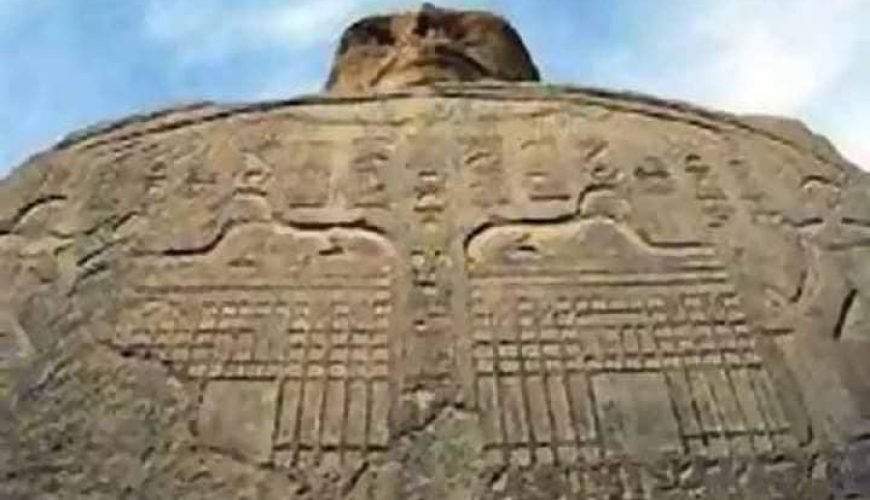Egypt Magic [1492]
The dream Stone or the Sphinx palate built by King Thutmose IV in the first year of his reign in year (1401 BC) between the claws of the Sphinx and still standing today, Tuthmosis IV recorded his story with the Sphinx. The story is: In his youth, King Thutmose IV sat Under the chin of the Sphinx to rest after the trouble of a hunting trip on a hot day and walk on the Giza plateau. He fell asleep and fell asleep. During his sleep, he visited the Sphinx, “Poplar – mother – sister”, and told him that he was suffocated by the abundance of sand surrounded and covered until the head that came forward did not appear from him. She has sacrificed, and he told him now that I tell you of a great position, that you will become the ruler of Upper and Lower Egypt, so he remembered to look at me and take care to remove the sand that covers me. Scientists concluded from the painting that the Great Sphinx was submerged with sand several times in history, including the period before the reign of King Thutmose IV, who raised the sand around the statue.
The dream board also contained the cartouches of King Khafre, which made archaeologists assume that Khafre was the one who carved the Great Sphinx, even though the painting does not mention that Khafre was the one who carved the Sphinx. It may be that he mentioned the reason for mentioning the name of King Khafre on a plate. The dream is that he was one of the statue’s restorers and that he did a job similar to that of Thutmose IV in terms of lifting sand and cleaning it around it. Also, there was a dispute overrule between the king and his brothers. This painting is considered political propaganda of King Thutmose IV by the priests of “God Ra” of King Thutmose because of his loyalty to Amun and to establish his foot on the rule of Egypt.
Painting description:
Made of granite stone. It is rectangular with an arched top edge, and the panel is 144 cm high, 40 cm wide and 70 cm thick. In its upper part, he sees two carved figures of Pharaoh Tuthmosis IV to the right and the left, offering our offerings to the Sphinx.
Symmetry was the most important feature and the mark of ancient Egyptian art. Symmetry is often found at entrances and gates.
And symmetry in art is the depiction of two copies of the same thing. Still, they are two inverted versions, such as the inverted mirror image and the symmetric in ancient Egyptian art was an artistic expression of one of the theories of physics, which is the theory of the (Super Partner Theory) which assumes the existence of a copy of everything in it. The world in which we live, but it is an inverted copy of it, exists in another universe parallel to ours.
The foreign archaeologists took templates from the painting. They prepared them from gypsum to translate and interpret the hieroglyphic writing and drawings on it, and there is one of those paintings that resembles the original to the most limits in the London Museum.




Comment (0)